- Cannabis sativa L. is classified into three main subspecies: Sativa, Indica and Ruderalis.
- In this post, we will look into the geographic origin of Sativa strains (Cannabis sativa sativa), as well as into their most distinctive features.
- An effort to lay bare their secrets and help you understand why certain areas of the world are better suited to their development than others.
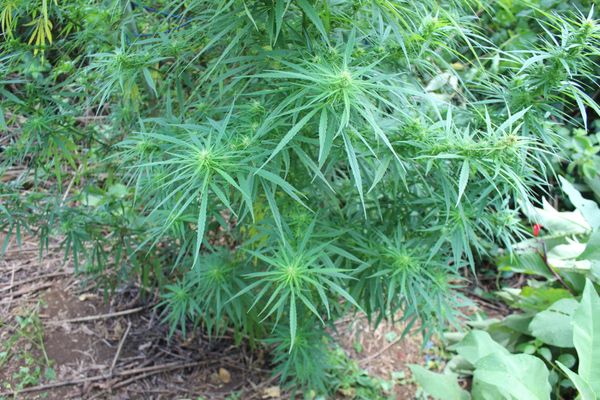
What are the origins of Sativa strains?
Sativa strains (Cannabis sativa sativa subspecies) have their origin in Asia, America, Africa and even India. As for Asia, the most renowned ones originate in Thailand (Highland Thaï, Lowland Thaï, ACEH and Chocolate Thaï), Vietnam, Laos, Cambodia, the Philippines and Nepal, and most of them, with the exception of the Nepali ones, are quite prone to hermaphroditism, particularly at advanced stages of their life cycle, with the approach of harvest.
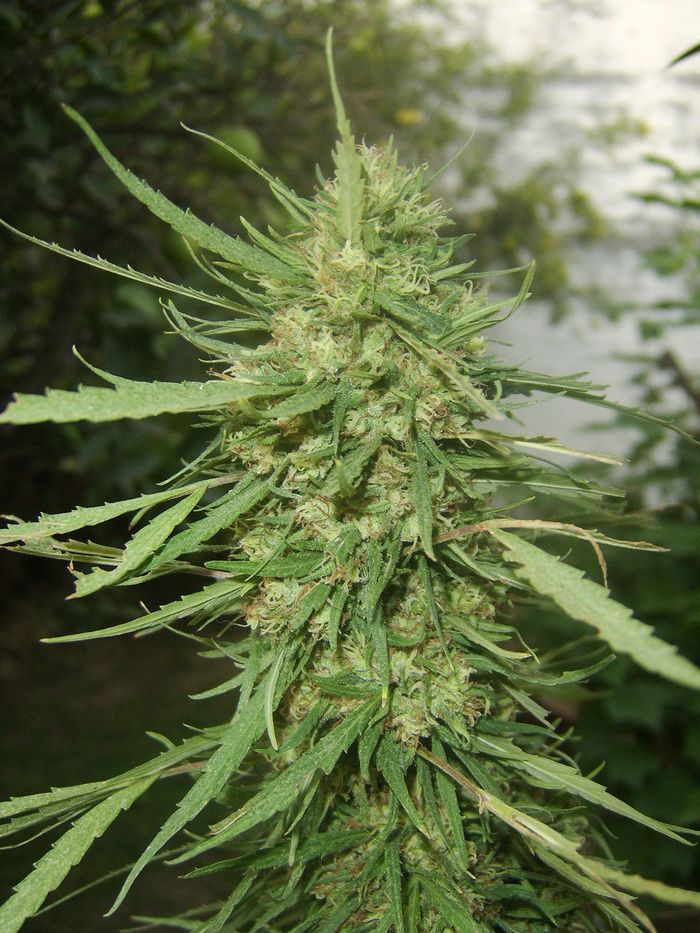
As for American strains, most of them were first found in South America - Colombia (Colombian Gold, Colombian Red, Punto Rojo, Limón Verde), Ecuador, Panama (Panama Red) and Brazil- with Hawaii and México (Acapulco Gold, Oaxaca Highland Gold, Guerrero Green, Sinaloan and Michoacan Brown Spears) standing out as historical exceptions in this regard. Later on, strains were discovered in the Antilles -Jamaica (Lamb's Bread and King's Bread) and Trinidad and Tobago, for instance), allegedly introduced from Africa in slavery times.
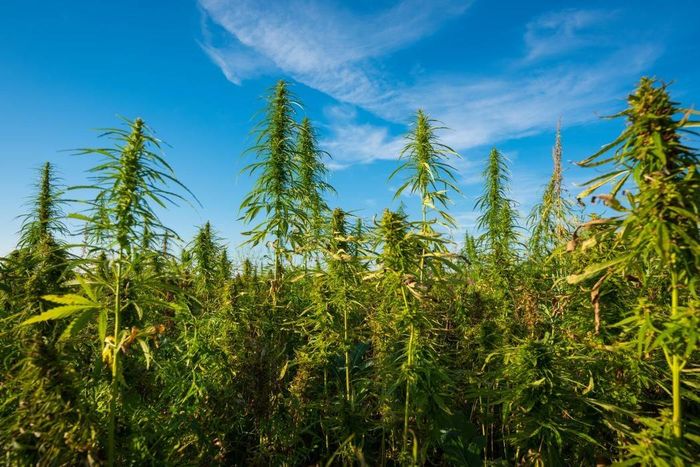
Africa symbolises the promised land of Sativa strains, as many Landraces were first found in this continent, in countries such as Guinea, Ghana, Benin, Nigeria, Cameroon, Congo, Kenia (Kilimanjaro), Angola (Angola Roja), Malawi, Zimbabwe, Zambia, Namibia, Swaziland (Swazi Gold) and, needless to say, South Africa (Durban Poison).
How to recognise a Sativa
Sativa-dominant strains are quite easy to recognise. They are slender plants that can easily reach 4-5 metres in height, with plenty of long branches and wide internodal spacing. The leaves are divided into thin leaflets and the flowers are often bigger and more elongated than in other subspecies, although not as compact. One of their most distinctive traits is not apparent on the surface: a very extensive root system.
As opposed to most Indica hybrids, Sativa flowers tend to grow all over the plant instead of concentrating on the central stem. Another distinctive feature of Sativas and a major inconvenience for growers is their long flowering period, which might take from several weeks to several months depending on the variety, making them the most late-flowering strains of all.
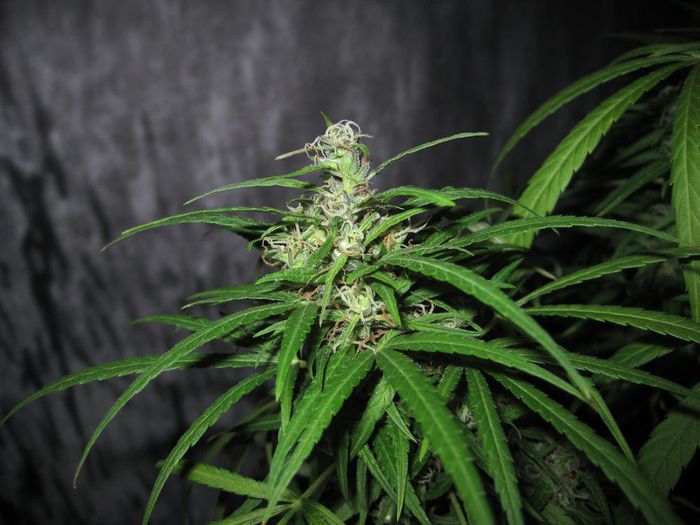
The effect is potent, providing a strong feeling of euphoria which, according to the user, may be accompanied by a psychedelic experience or a clear state of lucidity that lasts from 2 to 6 hours depending on the cannabinoid concentration and the tolerance of the user. One of their main strengths is definitely their great resistance to pests and diseases.
Nature is wise, and thus all these features are the result of the plants' genetic adaptation to their native environment. In fact, this cannabis type grows mainly in countries with extreme weather conditions, including highly variable hygrometry and temperatures, as well as intense sunlight and strong, changing wind.
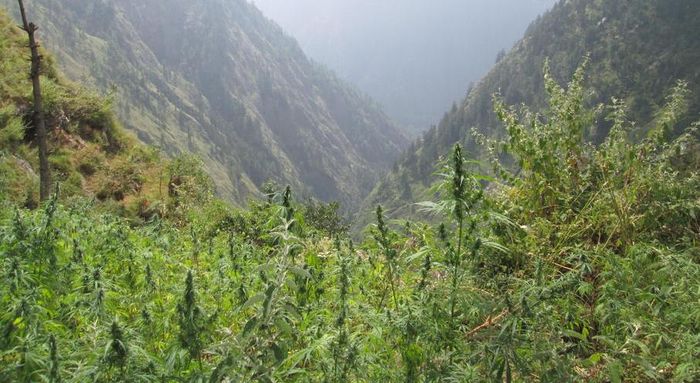
This is why we know that the open, aerated structure of Sativas is no accident. In fact, the aim of such a plant composition is to avoid moisture accumulation and the development of pathogens, as well as to ensure good ventilation in hot periods. An open structure is an advantage also when it comes to coping with strong winds. On the other hand, the thin leaflets allow to reduce transpiration and ensure proper aeration in hot and cold days. As for the flowers, they are less compact than in Indica strains to reduce the risk of pathogens when the weather is inclement or highly changeable.
What's the situation with today's Sativas?
With the exception of Sativa devotees, growing a pure or almost pure Sativa is not exactly what one would describe as exciting. Large in size and late-flowering, they are definitely not what you are looking for if you want something easy to grow indoors. Outdoors, though, things are be a bit different, particularly in certain geographical areas.
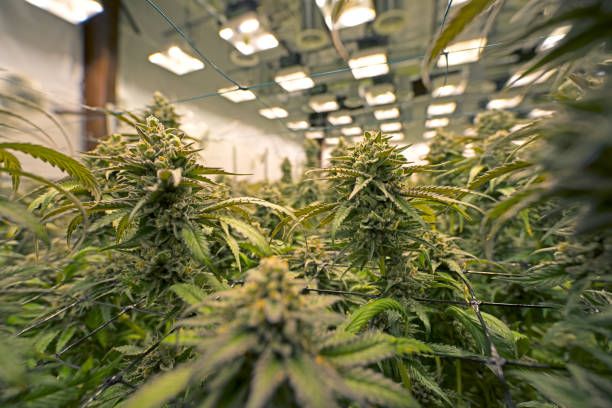
Nowadays there is a wide array of Sativa-dominant hybrids and poly-hybrids available in the market. Examples include Royal Haze, Super Silver, Original Amnesia, Dinamex, Santa Sativa and Moby Dick. Many classic poly-hybrids contain Haze genetics, such as Silver Haze, Super Silver Haze, Jack Herer, Jack Flash, Ghost Train Haze, Amnesia Haze, Neville's Haze, Northern Lights#5 x Haze, Mexican Haze, Lemon Haze, Original G13 Haze, Purple Haze, Skunk Haze and more.
Also very popular are Durban Poison, Blue Dream, Sour Diesel, Power Plant, Strawberry Cough, Grapefruit, Casey Jones, Jack the Ripper, Willie Nelson, Trainwreck, Jack Skellington, Shaman, Chocolate Fondue, Mother Tongue, Vortex and so on.
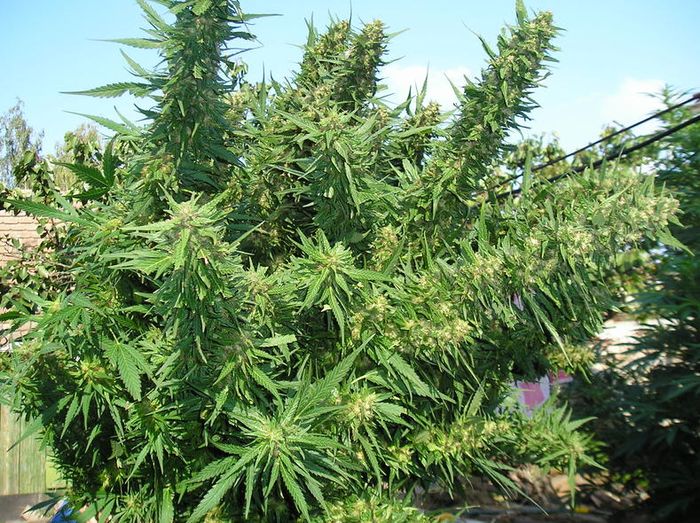
All these hybrids give you the possibility to enjoy all the Sativa benefits with complete peace of mind. They might take some time to flower, but their euphoric, clear, uplifting high is definitely worth the wait. And if your taste buds are already salivating, you should know that their tropical flavour and aroma, often accompanied by hints of exotic woods and spices, are believed to be amongst the world's most delicious and complex. There's no accounting for taste, but these strains definitely know how to play their cards.
Enjoy your crop!



Comments from our readers
There are no comments yet. Would you like to be the first?
Leave a comment!Did you like this post?
Your opinion about our seeds is very important to us and can help other users a lot (your email address won't be made public).